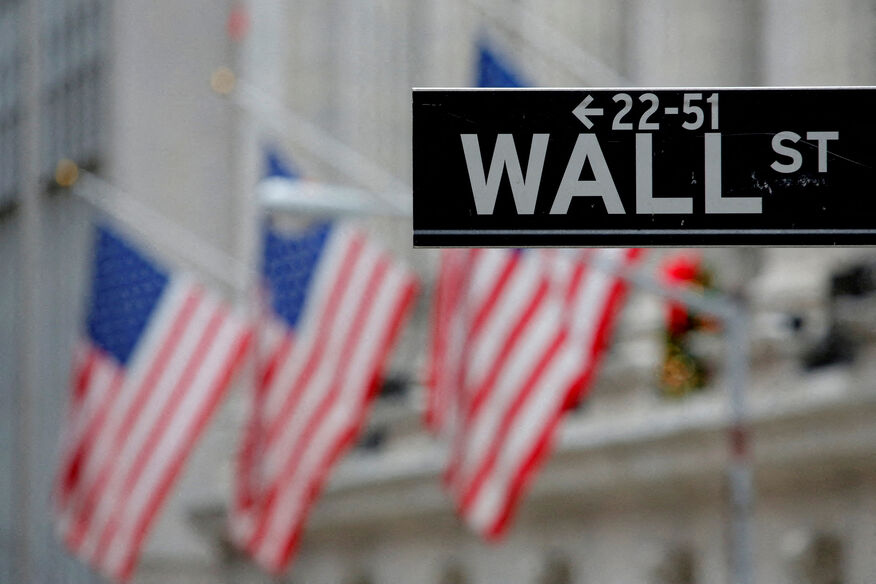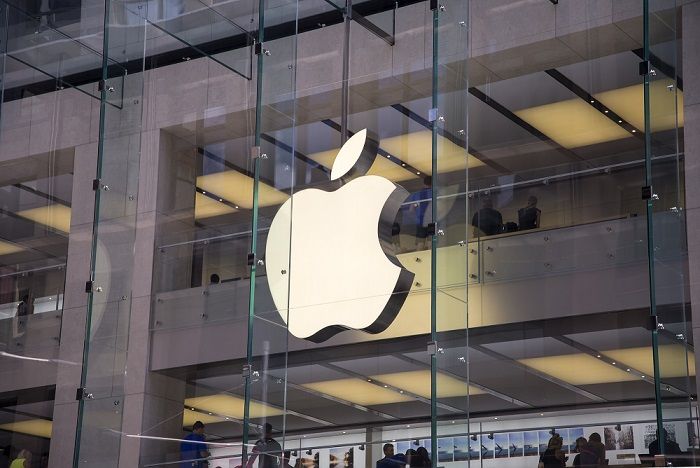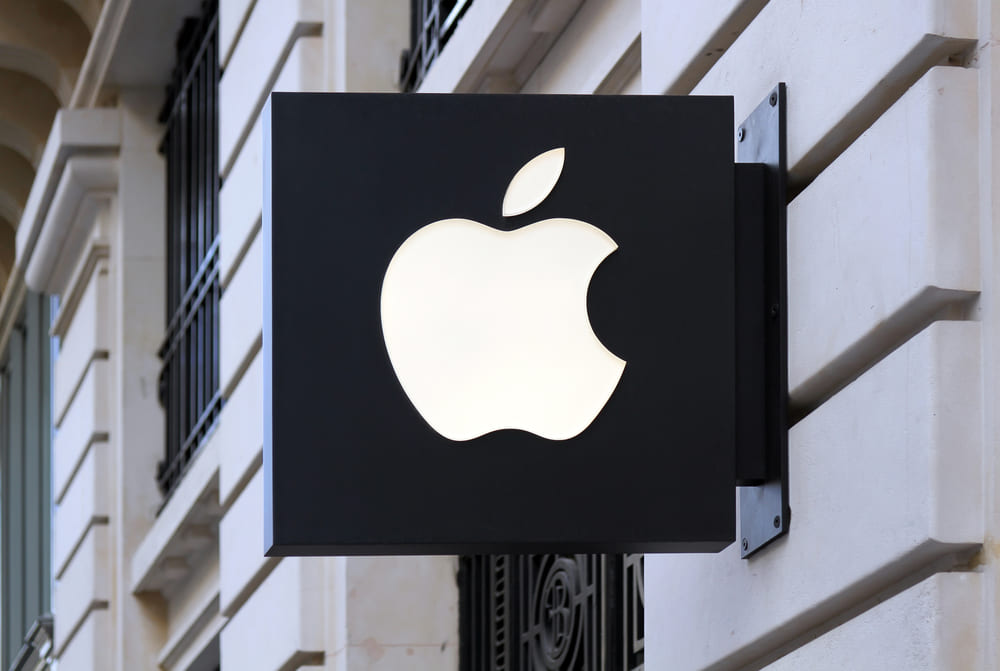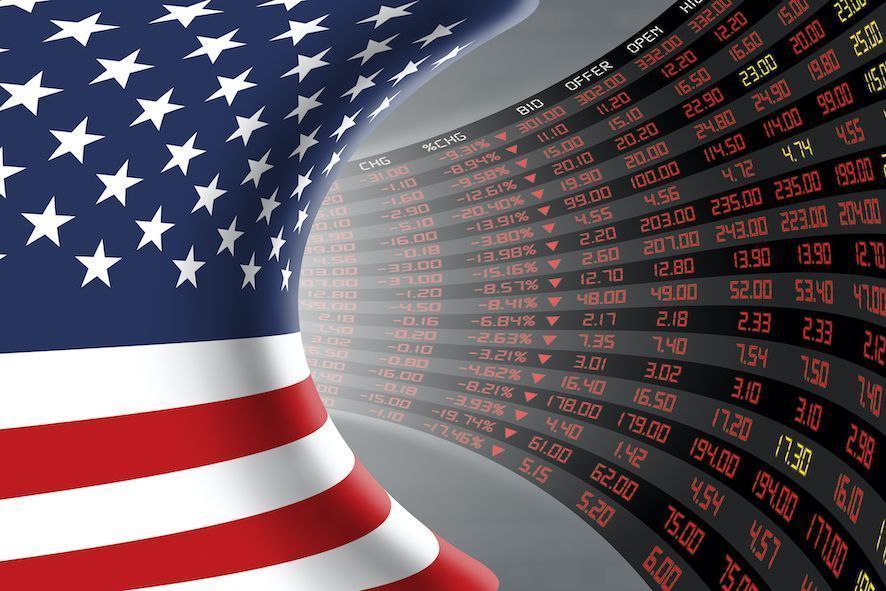Where Will Apple Stock Be in 5 Years?


Apple (NASDAQ: AAPL) is worth a whopping $3.4 trillion as of this writing (Nov. 9), making it one of America's best corporate success stories. The company is an innovator and disruptor that puts its customer base first, which has helped it get to its dominant position.
Apple has undoubtedly made for a fantastic investment. The shares have soared 249% just in the past five years, a gain that crushes the broader Nasdaq Composite index. But where will this "Magnificent Seven" stock be in five years?
The iPhone's importance
In fiscal 2024 (ended Sept. 28), Apple generated $391 billion in revenue, of which 75% came from the sale of hardware. The lineup includes the iPhone, MacBook, iPad, and Watch, for example. The company's popular smartphone, though, represents more than half of total revenue. This is still an iPhone business.
I don't believe anyone will argue with the view that the iPhone will still be the main financial driver for this company in 2029. This has been the case in the past, and it's unlikely to change anytime soon.
On the one hand, this might not be what shareholders want to see, especially given the maturity of this single product. The iPhone was launched in 2007. And each new iteration introduces far fewer revolutionary updates that can incentivize consumers to upgrade to the newest model.
On the other hand, the introduction of Apple Intelligence could be what the business is looking for when it comes to spurring an upgrade super cycle. "On Apple Intelligence, we believe it's a compelling upgrade reason," CEO Tim Cook said on the Q4 2024 earnings call.
There's no doubt that Apple's products are ubiquitous, as there are more than 2.2 billion of its active devices (most recent data from two quarters ago) across the globe. This massive figure continues to rise. So, there is still some juice left in the Apple squeeze to sell more hardware products.
Becoming a software powerhouse
Last fiscal year, 25% of the company's sales were derived from services, which include Apple Pay, TV , iCloud, and ads, among others. Revenue grew 11.9% in Q4, a much faster clip than the 4.1% gain of hardware sales. Even better, services boast a superb gross margin of 74%.
As the hardware segment is in a more mature stage, the services division is driving faster growth. Consequently, it's not hard to believe that this part of the business will become more important financially to Apple as we look five years out and beyond. It will add more high-margin and recurring revenue to the mix, something shareholders can appreciate.
What's more, it's difficult to overstate how crucial software and services are from a competitive standpoint. They help to support Apple's powerful ecosystem, which locks consumers in and discourages them from using competing products and services.
Investors should temper expectations
The iPhone will still be critical to Apple's success five years from now, but services will undoubtedly become more important to the overall picture. However, overall growth isn't likely to be anything to write home about given the tremendous size of the business already.
Wall Street consensus analyst estimates point to revenue and earnings per share increasing at compound annual rates of 7% and 10.6%, respectively, between fiscal 2024 and fiscal 2027. These are healthy growth rates, to be fair.
But they don't justify the current valuation. Apple trades at a price-to-earnings ratio of 37, significantly above the trailing-five- and 10-year averages. That's a steep price to pay.
This has been a wonderful stock to own in the past five years. However, I wouldn't be surprised if Apple lags the Nasdaq Composite index in the next five years.







